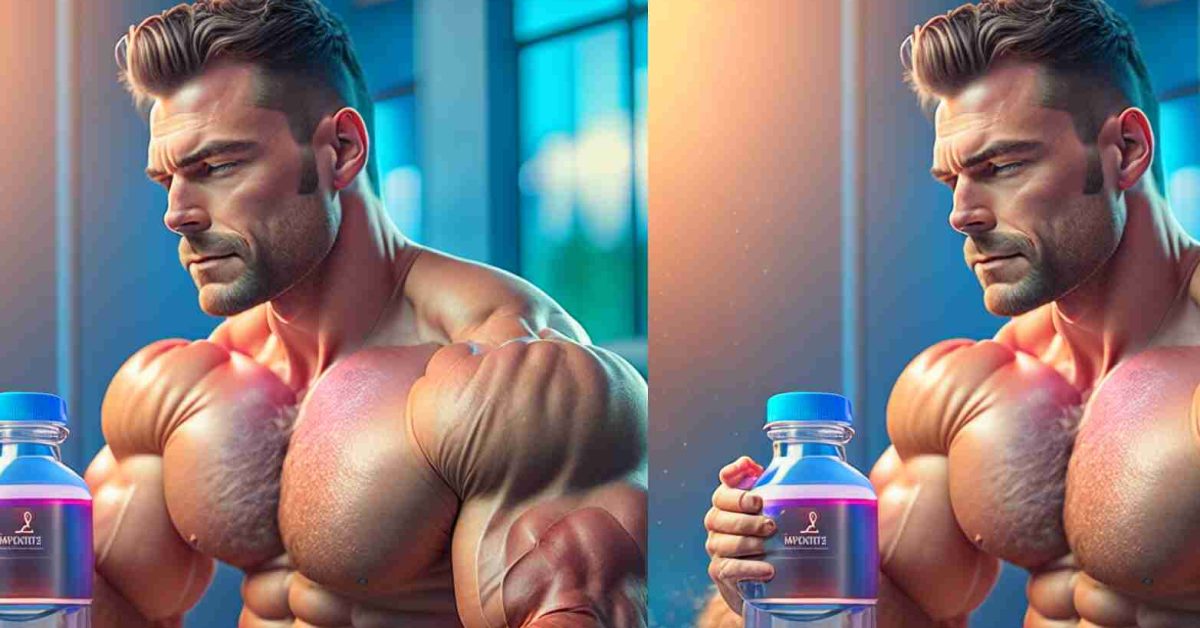Testosterone, a significant male hormone, originates within the testicles and plays a vital role in muscle development, energy provision, sexual function, and body hair growth. The testosterone level in a healthy male usually lies between 264 to 916 nanograms per decilitre. With age, these levels decline naturally. However, some men may experience symptoms of low testosterone, even when otherwise healthy. These symptoms encompass:
- Persistent fatigue
- Deteriorating muscle strength
- Erectile difficulties
- Heightened irritability
- Diminished sexual drive
- Memory lapses
- Body hair loss
- Depressive tendencies
It is crucial to seek professional medical advice if you experience such symptoms. A diagnosis of Testosterone Deficiency Syndrome or low testosterone could lead to the recommendation of testosterone therapy.
Causes of Low Testosterone
Testosterone levels diminish due to various reasons such as senescence, obesity, substance abuse, chronic illnesses. Other factors are certain pharmaceutical substances, psychological stress, insufficient sleep, and nutritional inadequacies.
Decreased testosterone levels have comprehensive implications. The physical manifestations include fatigue, diminished muscular mass, and increased adiposity. The psychological consequences may manifest as mood instability, memory impairment, and potential depression.
Exploring Testosterone Therapy
Testosterone therapy (TT) is a beneficial treatment option for those who have lost their testicles due to cancer or conditions like Klinefelter syndrome. This therapy aims to augment testosterone levels in adults with low testosterone due to various illnesses or injuries. However, its efficacy for age-related low testosterone remains ambiguous.
Testosterone is administered in five ways: injections, skin applications, orally, nasally, and via under-the-skin pellets. The best method for you depends on your lifestyle and will be determined by your physician.
Types of Testosterone Therapy
- Topical Testosterone: Effective for up to four days, topical testosterone should be applied to clean, dry skin free from cuts or scratches. An air-tight dressing is ideal for covering the area after application.
- Testosterone Injections: These injections could be short-acting or long-acting and are either administered into the skin or muscle.
- Oral Testosterone: This form is available as patches placed in the gum above the canines or incisors.
- Intranasal Gel: This gel is administered in the nostril thrice daily.
- Testosterone Pellets: These are inserted under the skin of your upper hip or buttocks. They gradually dissolve over 3-6 months.
Potential Side Effects of Testosterone Therapy
While beneficial, testosterone therapy may present side effects. Opting for testosterone replacement therapy can help alleviate certain health issues. However, it’s important to understand its potential negative consequences as well. Despite its benefits – red blood cell stimulation and other possible repercussions such as;
- skin rashes and irritations due to application site
- high possibility of clotting; worsening sleep apnea
- fluid retention
- acne amplification
All these must be carefully considered before starting the use of this medication regimen since symptoms related to prostate enlargement, such as higher frequency of urination, have also been documented among men who undergo this form of regimen.
It would benefit you significantly if you openly discuss with your healthcare provider before establishing the treatment plan. Additionally, testosterone therapy might interrupt sperm production, which is significant for those planning to have children or donate sperm. Despite these potential side effects, post-treatment testosterone therapy can enhance sexual function, increase bone marrow density, improve lean muscle mass, and alleviate depression symptoms.
Should You Boost Your Testosterone Levels?
While testosterone boosters can potentially shrink the testicles by reducing the body’s natural testosterone production, lifestyle changes can effectively improve testosterone levels. High-volume endurance training, improved sleep patterns, varied exercises, and increased calorie consumption are among the natural ways to boost testosterone levels.
Moreover, maintaining a healthy weight and engaging in sexual activities can help balance testosterone levels. Monitoring your habits to identify factors leading to low testosterone can also be beneficial. Avoid testosterone supplements unless prescribed by a physician, as they are widely available but unregulated. They could be a short-term solution to kickstart better hormone production, but it is always best to follow a healthcare professional’s advice.

